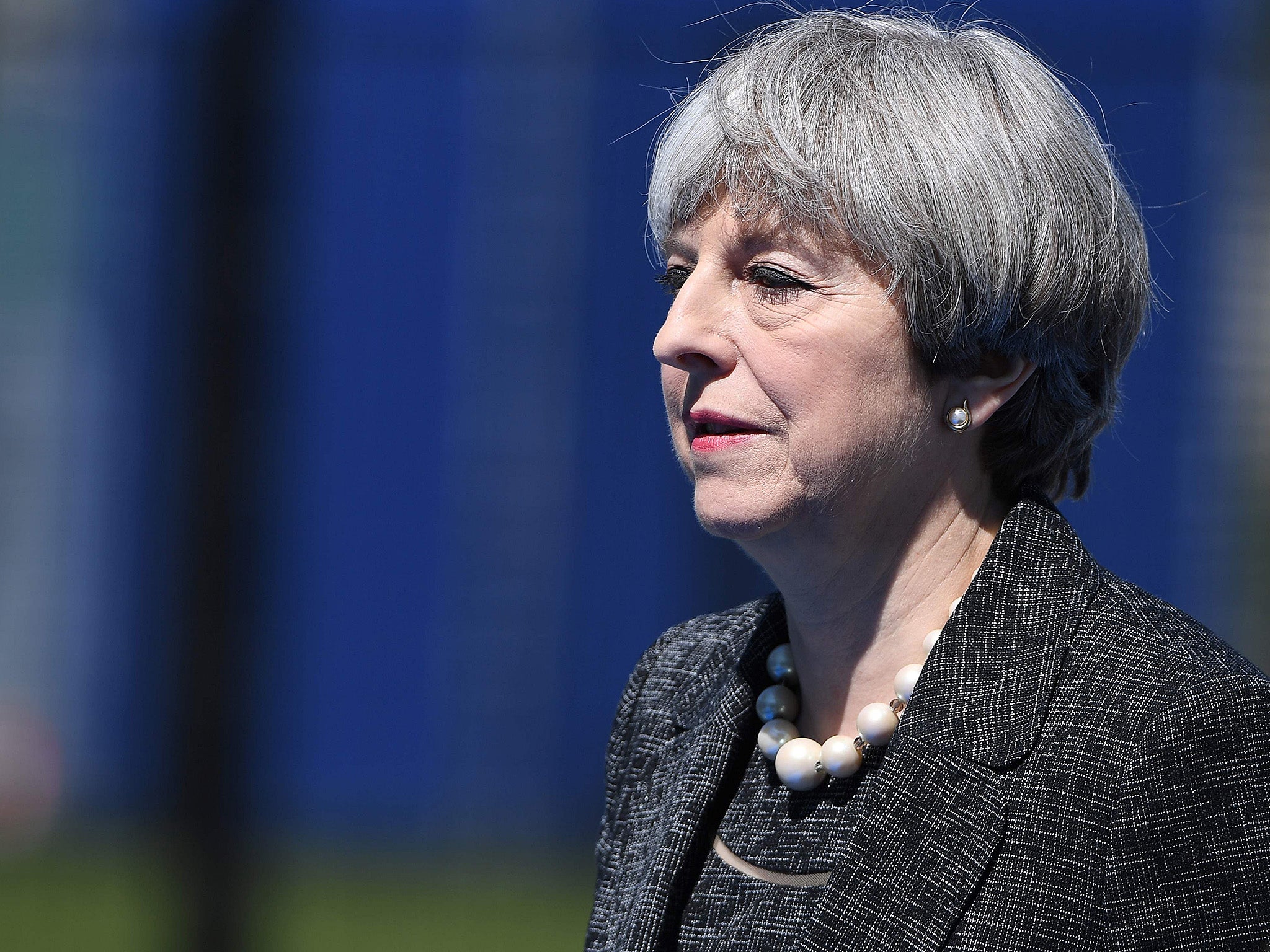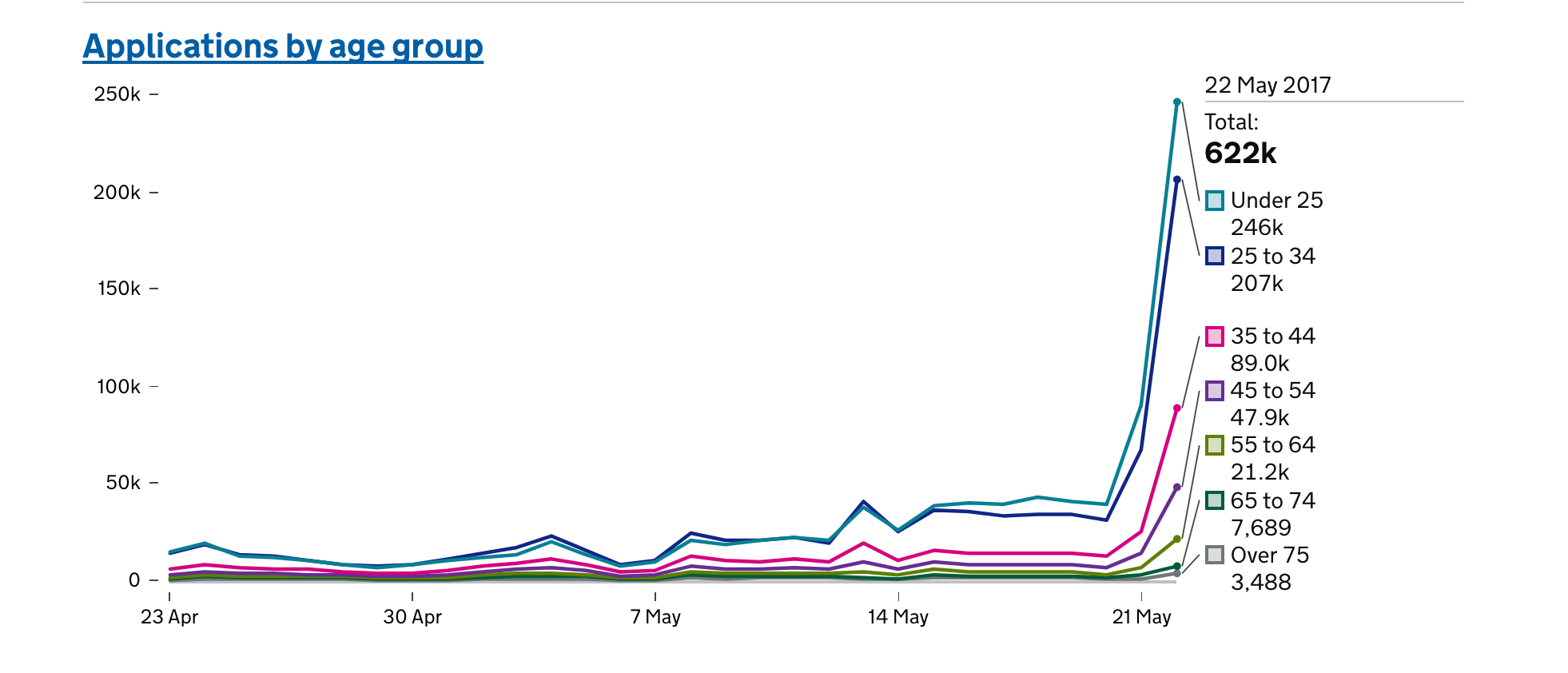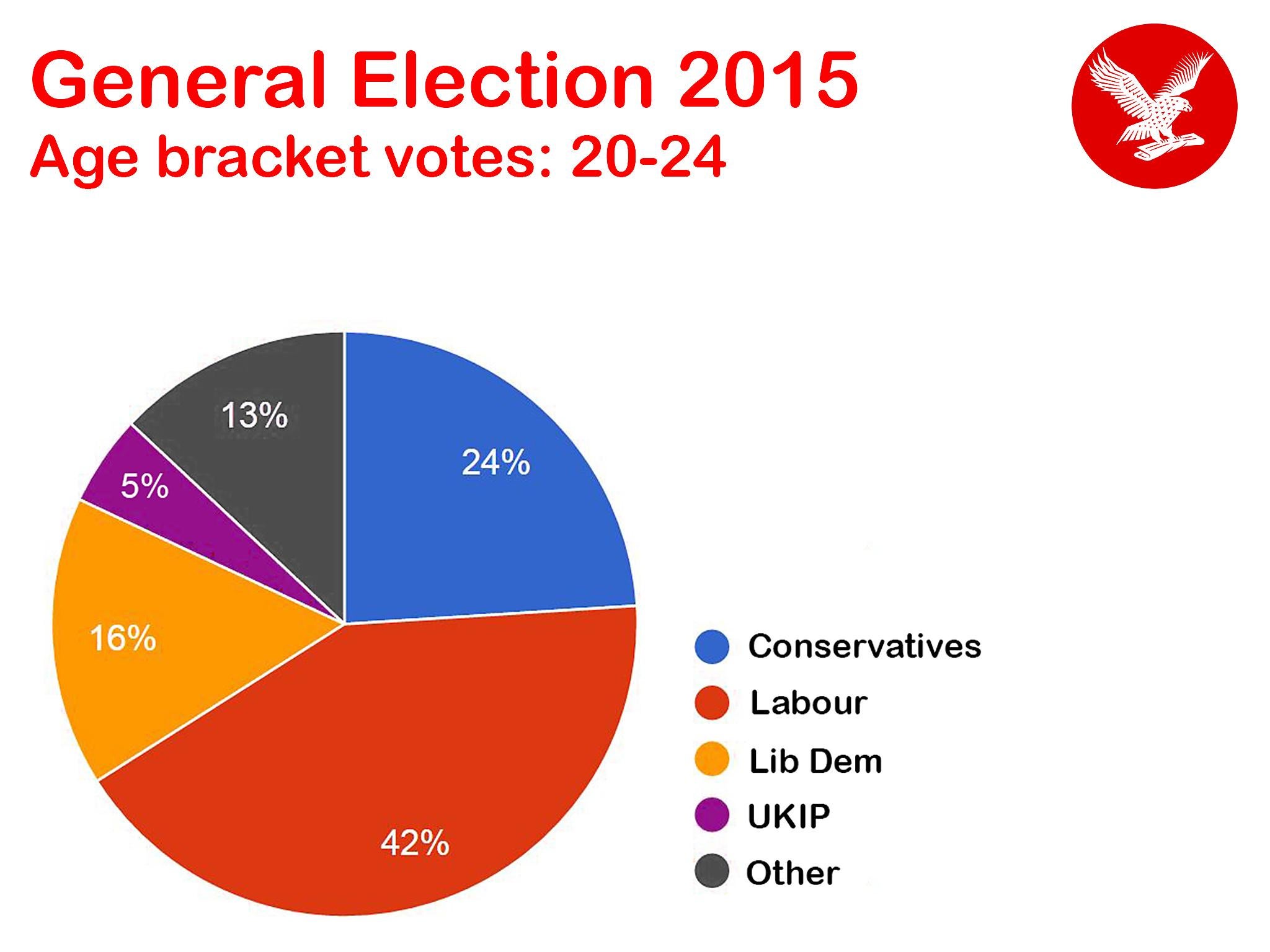Young voters have registered to vote in force – Theresa May made a dire mistake underestimating them
The Conservatives bargained on maintaining the older vote and keeping young voter registration low – but it's all fallen apart

Your support helps us to tell the story
From reproductive rights to climate change to Big Tech, The Independent is on the ground when the story is developing. Whether it's investigating the financials of Elon Musk's pro-Trump PAC or producing our latest documentary, 'The A Word', which shines a light on the American women fighting for reproductive rights, we know how important it is to parse out the facts from the messaging.
At such a critical moment in US history, we need reporters on the ground. Your donation allows us to keep sending journalists to speak to both sides of the story.
The Independent is trusted by Americans across the entire political spectrum. And unlike many other quality news outlets, we choose not to lock Americans out of our reporting and analysis with paywalls. We believe quality journalism should be available to everyone, paid for by those who can afford it.
Your support makes all the difference.The news that over a quarter of a million under-25s registered to vote on the last possible day was encouraging for those who have been trying to mobilise the youth vote during this election campaign. The figures had been steadily rising in the days leading up to the deadline, with 90,000 under-25s registering two days prior to it. Campaigns encouraging tactical voting encouraged students in particular to register at the address where their vote would count the most.
These figures are based on online applications only, and disregard postal or other methods of registration (although online tends to be the preferred method in this age demographic). Additionally, the electoral commission estimates that only four per cent of over-55s are not registered to vote, compared to 34 per cent of under-34s. So, where young people are concerned, there’s a bigger gap to bridge.
Before the 2015 general election, on the last possible day to register to vote, 137,400 young people registered to vote. And on the last available day to register to vote before the EU referendum, 132,029 under-25s registered to vote. So what we’ve seen recently is a marked upsurge in people determined to have their voices heard during the election this time around.

The youth vote has come out in force to register in this election. The number of voter registrations this year has been consistently higher day by day than the last election. The electoral commission has, unusually, released a statement saying that they are “pleased to see high numbers of people applying to register to vote before the deadline”.
Many see this as a potentially fantastic boost for the Labour Party, which under Jeremy Corbyn has been engaging with the youth prolifically through grassroots channels such as Momentum. It is true, of course, that young people tend to lean more towards left-wing parties.
But it would be irresponsible to speculate that all of these votes are going to left-leaning parties – many young people are vocal about their Conservative views (a quick peruse of Twitter shows this). Conservative Future, the youth wing of the Tory party, has also been out in force at this election, door-knocking and campaigning with Conservative MPs.
However, looking at 2015 general election again, 43 per cent of 18-24 year olds voted for Labour and 23 per cent voted for the Conservatives. Things are looking on track for Labour again this time, with a YouGov poll putting Labour 19 points ahead of the Tories in the under-25 category.

The youth-focused movement Momentum has 24,000 members and over 150,000 supporters, and Jeremy Corbyn has mentioned youth voter registration in every single speech he’s made during the election campaign, pulling in celebrity endorsements to further this message. The Conservatives have been unsurprisingly quiet on this subject, and Conservative Future is dwarfed by Momentum when it comes to exposure (I did request their membership figures for this article, but the Conservative Party declined to provide any).
The Conservatives bargain on maintaining the older vote and keeping young voter registration low – failure on their part to maintain either of these this time round is causing anxiety among the ranks, with once-confident Tory MPs now coming out to say that they never thought the election was going to be a “walk in the park”, despite the party’s open scorn and ridicule for Corbyn just a few weeks ago when the polls were showing double-digit leads.
This directly contradicts the Tories’ campaign approach, which has seen them only engage with a select few activists at events, contain their rhetoric to “anything is better than Jeremy Corbyn” and refuse television debates. It is well speculated that May only called the election because the polls were in her favour – she took the opportunity to consolidate power, under the over-confident assumption that the British public would follow her “strong and stable” lead. The decision to announce the so-called “dementia tax” and overwhelming naivety about the power and political nature of young people, assuming that they would just be out on the streets waving placards and doing not much else, has proven to be a dire mistake.
The Conservatives should be concerned about the rise in youth voter registration, as it shows that they are not going to be ignored at this election, particularly following Brexit, where apathy towards the “establishment”, older voters and Brexiteers has brimmed over.
However, this is all based on the assumption that those who have registered will actually get out and vote on 8 June. We won’t know the power of the youth vote (and then only partially) until 10pm that day, when the exit poll will either give cause for encouragement or confirm young people’s worst fears.
Join our commenting forum
Join thought-provoking conversations, follow other Independent readers and see their replies
Comments